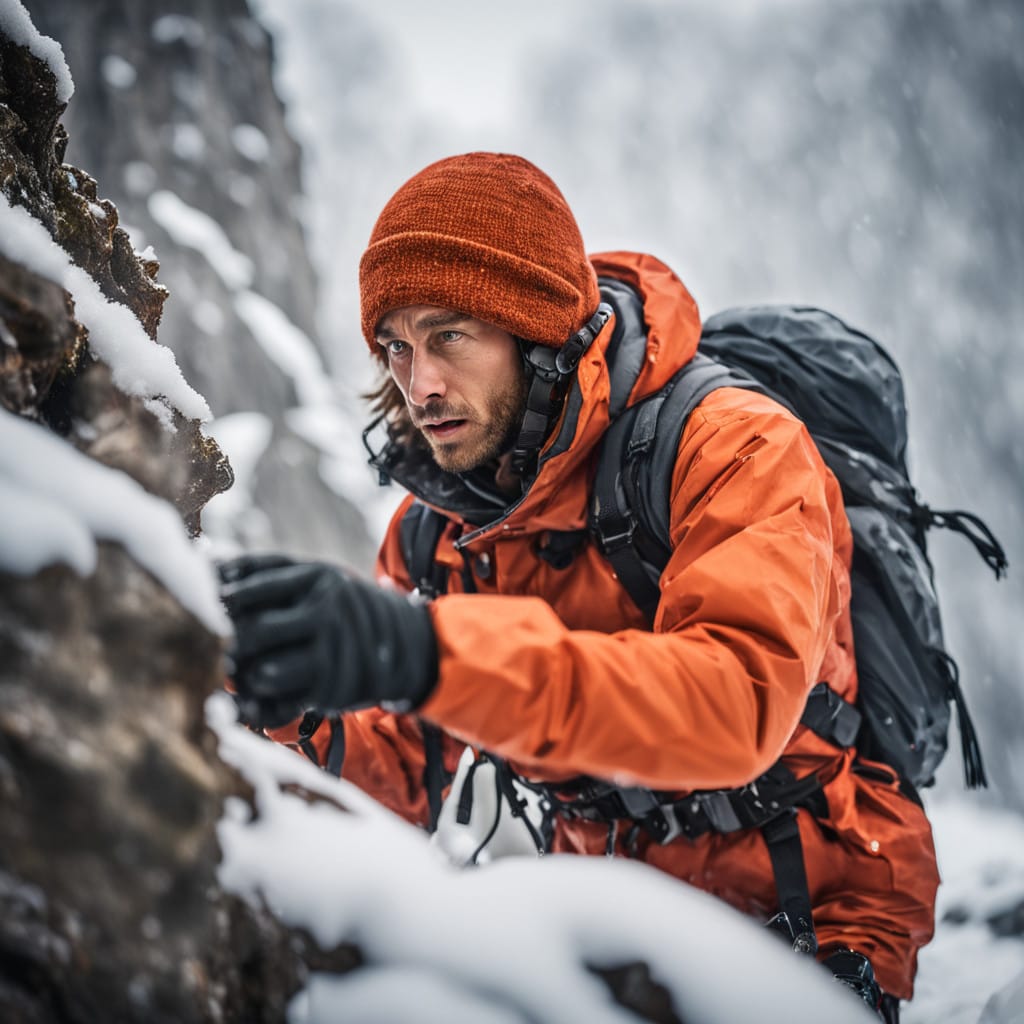
Ice Climbing: A Thrilling Vertical Adventure
Ice Climbing, a sport combining physical strength, technical skills, and mental focus, captivates adventurers worldwide. Rooted in mountaineering traditions, it involves ascending frozen waterfalls, ice-covered rock faces, and glaciers. This exhilarating activity has evolved into a globally recognized sport, attracting both amateurs and professionals. Its growth reflects the adventurous spirit of climbers and their desire to push limits in extreme conditions.
In this blog, we’ll explore the origins and history, its global popularity, amateur participation, and professional leagues. We will also discuss its political and social significance and delve into the rules that govern this incredible sport.
The Origins and History
The history of ice climbing is intertwined with the evolution of mountaineering. Early climbers sought to conquer icy peaks in the Alps during the 19th century. Explorers like Edward Whymper, who first ascended the Matterhorn in 1865, paved the way for climbing techniques.
In the early 1900s, specialized ice tools began to emerge. Climbers adapted wooden axes with metal tips to grip frozen surfaces. By the mid-20th century, gear innovation accelerated, introducing crampons and lightweight ice axes. These tools allowed climbers to tackle steeper and more challenging ice formations.
The 1970s marked a turning point for ice climbing. Enthusiasts in Europe and North America began exploring frozen waterfalls and mixed terrains. This shift transformed it from a mountaineering skill into an independent sport. Competitions emerged in the 1980s, highlighting its technical and athletic aspects.
Ice Climbing’s Global Popularity
It has gained popularity across continents, attracting adventurers and spectators. Regions with cold climates and mountainous terrains serve as natural hubs for the sport. North America, Europe, and Asia host some of the most famous ice climbing destinations.
In North America, locations like Banff in Canada and Colorado in the United States draw climbers annually. Europe boasts iconic sites like Chamonix in France and Rjukan in Norway. Meanwhile, Asia offers thrilling challenges in areas like the Himalayas and Japan’s frozen gorges.
Events like the Ice Climbing World Cup have amplified the sport’s appeal. The competition circuit travels through countries like South Korea, Russia, and Switzerland. Media coverage and social platforms have further fueled global interest.
Amateur Ice Climbing: A Growing Trend
Amateur participation in ice climbing has surged, thanks to accessible training and local climbing gyms. These facilities allow beginners to practice safely before heading outdoors. Instructional courses often cover essential techniques, such as proper use of crampons and ice tools.
Youth programs and school initiatives introduce the sport to younger generations. In countries like Canada and Norway, outdoor education incorporates ice climbing as part of winter activities. These programs emphasize safety and teamwork while fostering a love for adventure.
Community events and climbing festivals provide platforms for amateurs to engage with experienced climbers. Many events include workshops and beginner-friendly competitions, nurturing talent and enthusiasm.
Professional Ice Climbing Leagues
Professional ice climbing has developed an organized structure, with leagues and competitions showcasing elite athletes. The International Climbing and Mountaineering Federation (UIAA) governs the sport globally. Its annual Ice Climbing World Cup is the pinnacle of competitive climbing.
This competition includes two main disciplines: lead climbing and speed climbing. Lead climbing tests endurance and technique as athletes ascend complex routes. Speed climbing focuses on ascending a pre-set route as quickly as possible.
Countries like South Korea, Russia, and Switzerland dominate the professional scene. National federations train and support climbers for international success. Athletes gain recognition through their skill and commitment, inspiring the next generation.
The Political and Social Significance
It has a unique role in promoting environmental awareness. Climbers witness firsthand the effects of climate change on glaciers and frozen landscapes. Their advocacy for conservation efforts brings attention to shrinking ice formations worldwide.
Socially, the sport fosters inclusivity and cultural exchange. Events like the Ice Climbing World Cup unite athletes from diverse backgrounds. These gatherings celebrate shared passion, transcending borders and fostering global camaraderie.
Furthermore, it encourages gender equality within the climbing community. Increasing participation by women athletes has challenged stereotypes, highlighting their strength and determination.
Rules of Ice Climbing
The rules of ice climbing vary depending on the format, but certain principles remain consistent. Safety is paramount, with climbers required to use proper gear and techniques.
In lead climbing competitions, climbers navigate routes marked by artificial holds and natural ice features. Points are awarded based on height achieved and route difficulty. Time constraints add an extra layer of pressure.
Speed climbing involves ascending a fixed route on ice as quickly as possible. Climbers must follow a designated path, and timing is precise to milliseconds. Mistakes like dropping tools result in penalties or disqualification.
Outdoor ice climbing adheres to unwritten ethical guidelines. Climbers are expected to respect natural formations, avoid damaging ecosystems, and prioritize safety.
Conclusion
Ice climbing, with its blend of athleticism, adventure, and technical precision, has captured the imagination of enthusiasts worldwide. From its origins in mountaineering to its recognition as a global sport, it continues to evolve. Opportunities for amateur participation, professional leagues, and its social impact ensure its lasting appeal.
As it gains momentum, it highlights the resilience and determination of those who embrace its challenges. Whether scaling frozen waterfalls or competing on international stages, climbers push the boundaries of human potential, inspiring others to explore the vertical world of ice.




